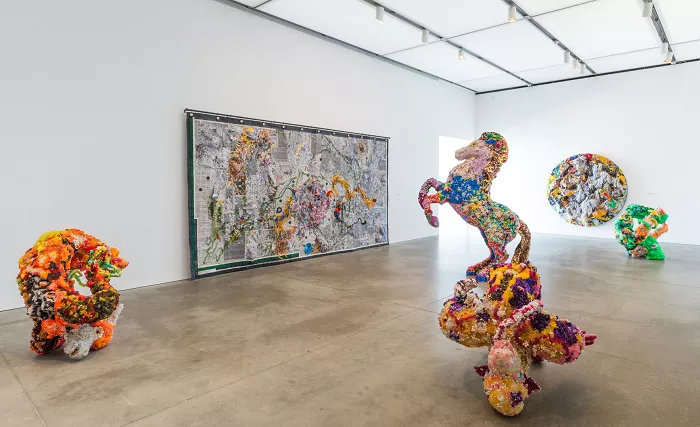As military tensions between Iran and Israel intensify, cultural institutions in both nations have initiated emergency measures to protect their heritage assets from potential harm.
In the aftermath of Israeli airstrikes targeting nuclear and military installations in Tehran on June 13, Iran’s deputy minister of cultural heritage, tourism, and handicrafts, Ali Darabi, ordered the implementation of nationwide crisis protocols. These included the temporary closure of museums and heritage sites, along with the relocation of valuable artifacts to secure storage facilities. The Iranian culture ministry confirmed the successful transfer of all sensitive items the following day.
Leila Khosravi, director general of Iran’s museums, told Hamshahri newspaper that cultural institutions conduct annual emergency drills in coordination with local authorities to prepare for such contingencies. She assured that the nation’s cultural treasures would remain protected, even under current circumstances. In tandem with these government-led precautions, art galleries across Tehran have suspended operations indefinitely.
Following Iran’s retaliatory strikes on Tel Aviv, Israeli cultural institutions also responded swiftly. The Tel Aviv Museum of Art enacted its wartime protocol early on June 13, relocating its exhibitions to underground storage. By the day’s end, both the Tel Aviv Museum of Art and the Israel Museum in Jerusalem had shut their doors in accordance with national security directives.
“We’re used to this,” said Suzanne Landau, director of the Israel Museum, during a radio interview with Kan. She noted that staff mobilized quickly after a government alert at 3 a.m., successfully transferring their collections — including items on loan — to protected storage within 90 minutes.
Cultural heritage advocates have voiced growing alarm over the threat posed by ongoing hostilities. On June 16, the Society for Iranian Archaeology issued a public statement via Telegram condemning the Israeli strikes. The organization appealed to international heritage bodies, including UNESCO and the International Council on Monuments and Sites (ICOMOS), to initiate coordinated global efforts aimed at safeguarding human life, preserving cultural heritage, and upholding the principles of international law.

